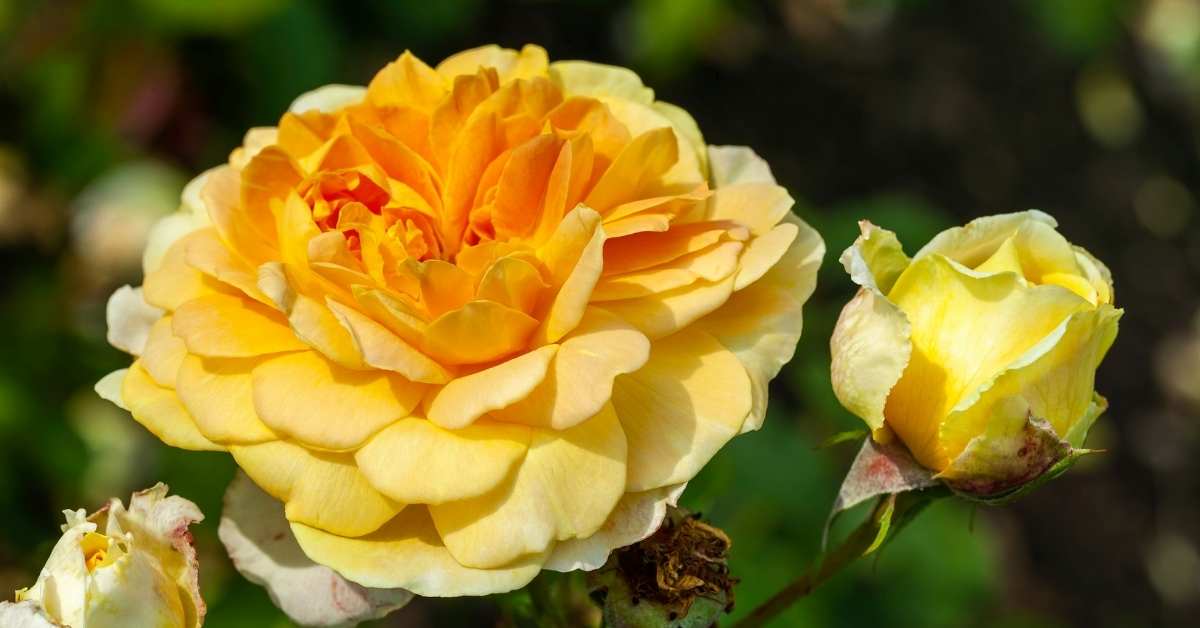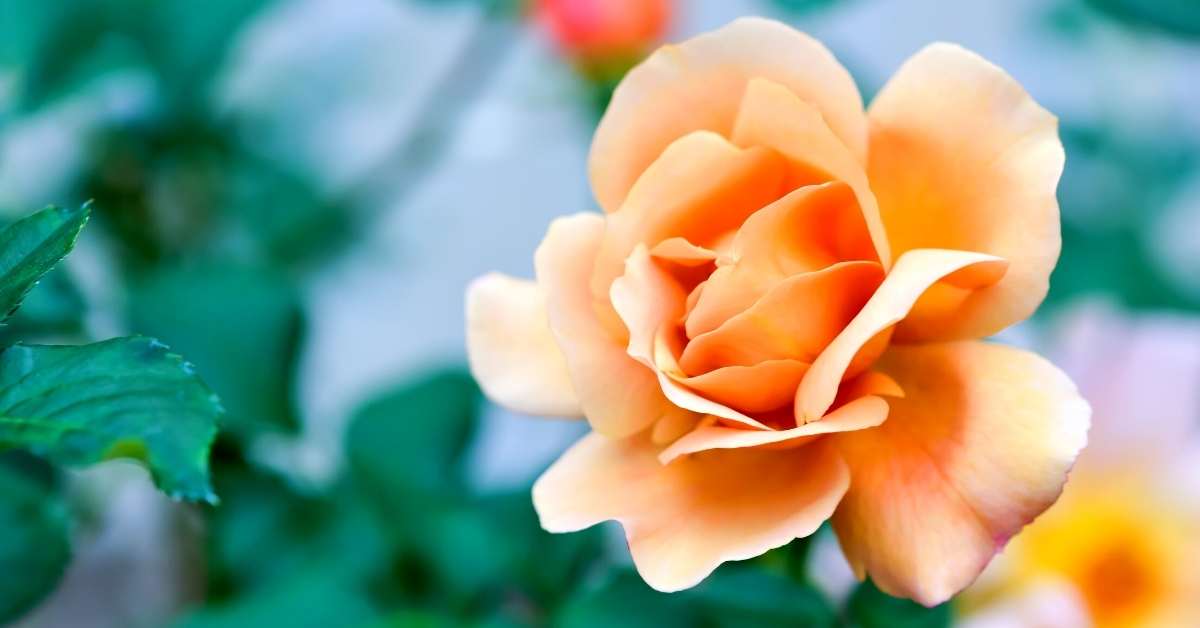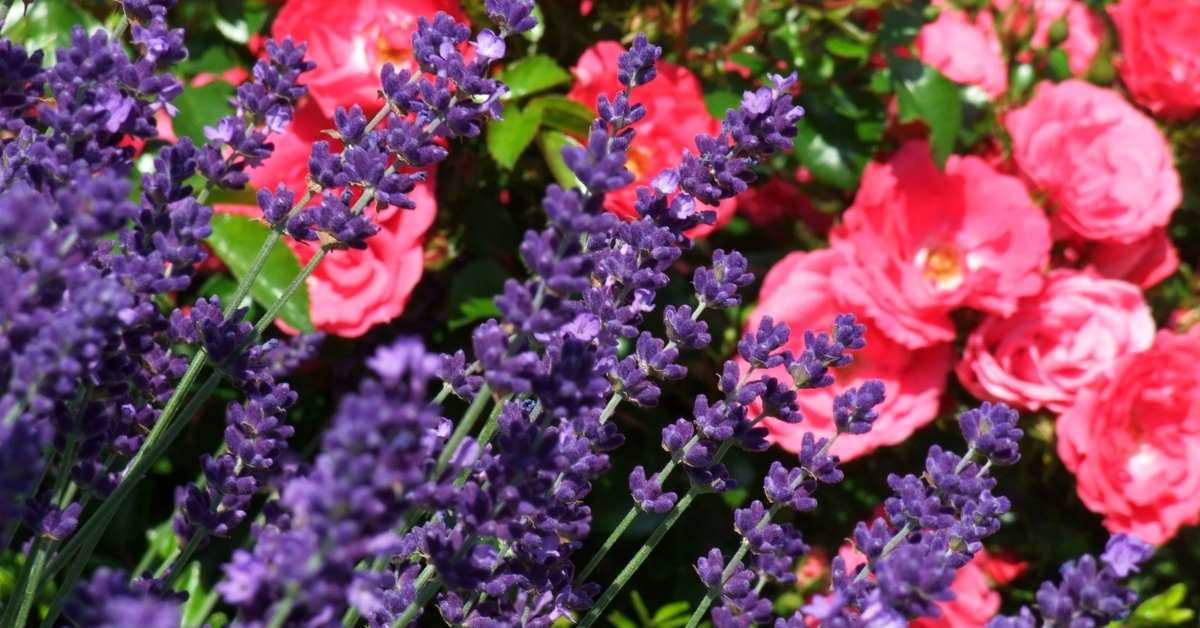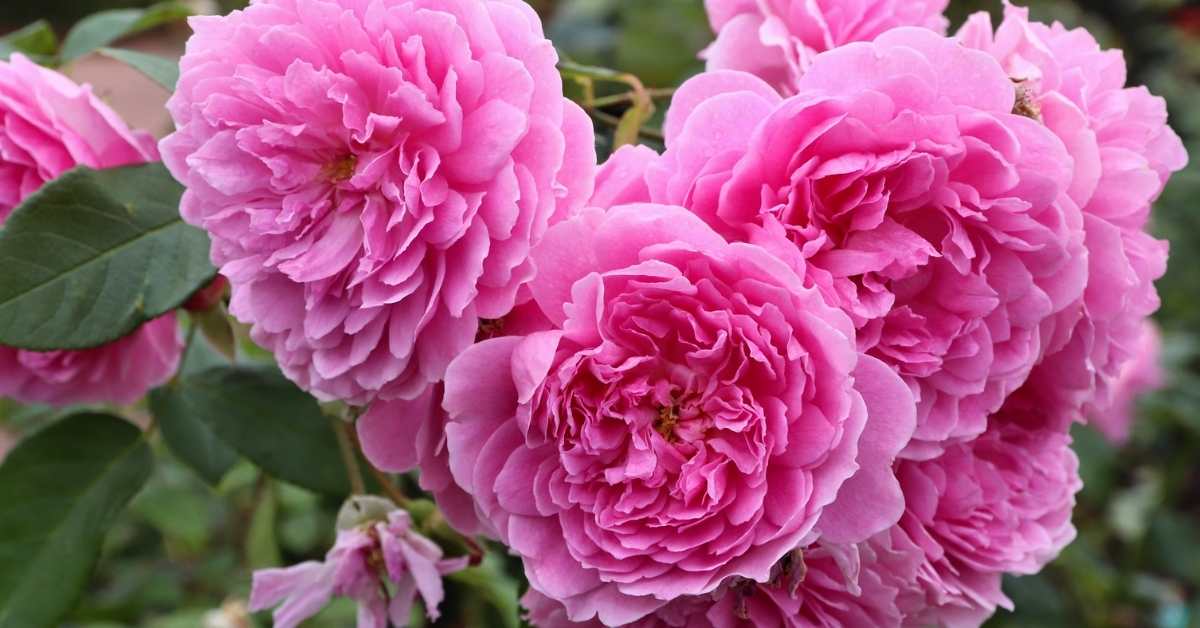We’ve been very blessed with plant breeders who give us roses that grow well in adverse conditions and bloom basically from early summer to the first frost. With the use of comprehensive plant food, proper plant nutrition is easy to supply. However, you might need to know some detailed information about delicate rose care and how to treat your roses properly.
Preventing insect and diseases with your delicate roses
Plant food supplies all the needed vital elements that are required from the soil. Insect and disease problems with your rose care can be prevented easily with regular use of insecticide-fungicide that controls most chewing insects, sucking insects, and fungus diseases. Being a successful rose grower is attainable with these aids and a lot of determination.

Purchasing high-quality plants, also known as stock, is essential. Plants that are two years old, field-grown, and budded are preferred. Non-pruned plants should have three or more hefty 18-inch canes, whereas pruned plants should have canes with a top diameter of at least 1/4 inch. Many gardeners like plants potted in tar paper pots because they may be transferred at any time of year.
You might want to see this: Benefits of rose shrubs
Where to plant the roses in the garden?
When planting, choose a sunny, well-drained site. All damaged and bruised roots should be removed, and top growth should be trimmed down to 6 to 8 inches. Make planting holes at least 6 inches deeper than the plant roots require and large enough to prevent the roots from crowding or bending.
Be sure to place a handful of small rocks or pebbles in the bottom of holes for drainage. One tablespoon of fertilizer should be mixed with the soil that will be put over the drainage material. Cover the mixture with ordinary soil and level it to the desired planting depth.
To accept the plant, make a mound in the middle. Set the plant roots over this mound and spread roots, then fill in with the soil. Firm the soil by pressing tightly 2 or 3 times while filling the hole.
You might like to see this: Best floribunda roses you can pick today
Delicate rose care and fertilization
Rose care and feeding are critical. The initial feeding should take place as soon as the leaf buds be gin to expand in early spring. Clear away the mulch and work plant food into the soil around the plant.
Use 1 rounded tablespoon of fertilizer per plant unless tea roses, in which you would cut that amount in half. Following the initial strong bloom, a second feeding should be given simultaneously and as soon as possible.
The third feeding should be done at the same pace as the previous two and should be done in late summer, with the exception of northern regions, no later than August 15. In the southern areas where blooming extends into October and November, a fourth feeding is advised about October 1.
Many growers incorporate a regular monthly feeding in their rose care program during the growing season with good results. Controlling diseases and insects is easy with the regular use of chemicals. Chemicals prevent most fungus diseases and chewing insects. Regular dusting every week to ten days will make these problems easier to handle.

You might want to read this: How to grow and care antique roses
Soak the soil to a depth of 6-8 inches while watering. Cultivation is a definite must to eliminate weeds and keep the soil loose. Mulching during the summer months will eliminate weeds, reduce moisture evaporation and the necessity of cultivation. Every two to three weeks, mulches should be applied before roses come into bloom.
When pruning, the bush types should be pruned during the early spring when the leaf buds begin to swell before the growth starts.
As far as winter is concerned, it’s the alternating freezing and thawing that is destructive to your roses. Winter mulching with straw or peat moss is recommended with the exception of the extreme southern sections of the United States. Pull up the soil around each plant to basically 6 inches after the first frost once the ground is frozen, mulch again.


